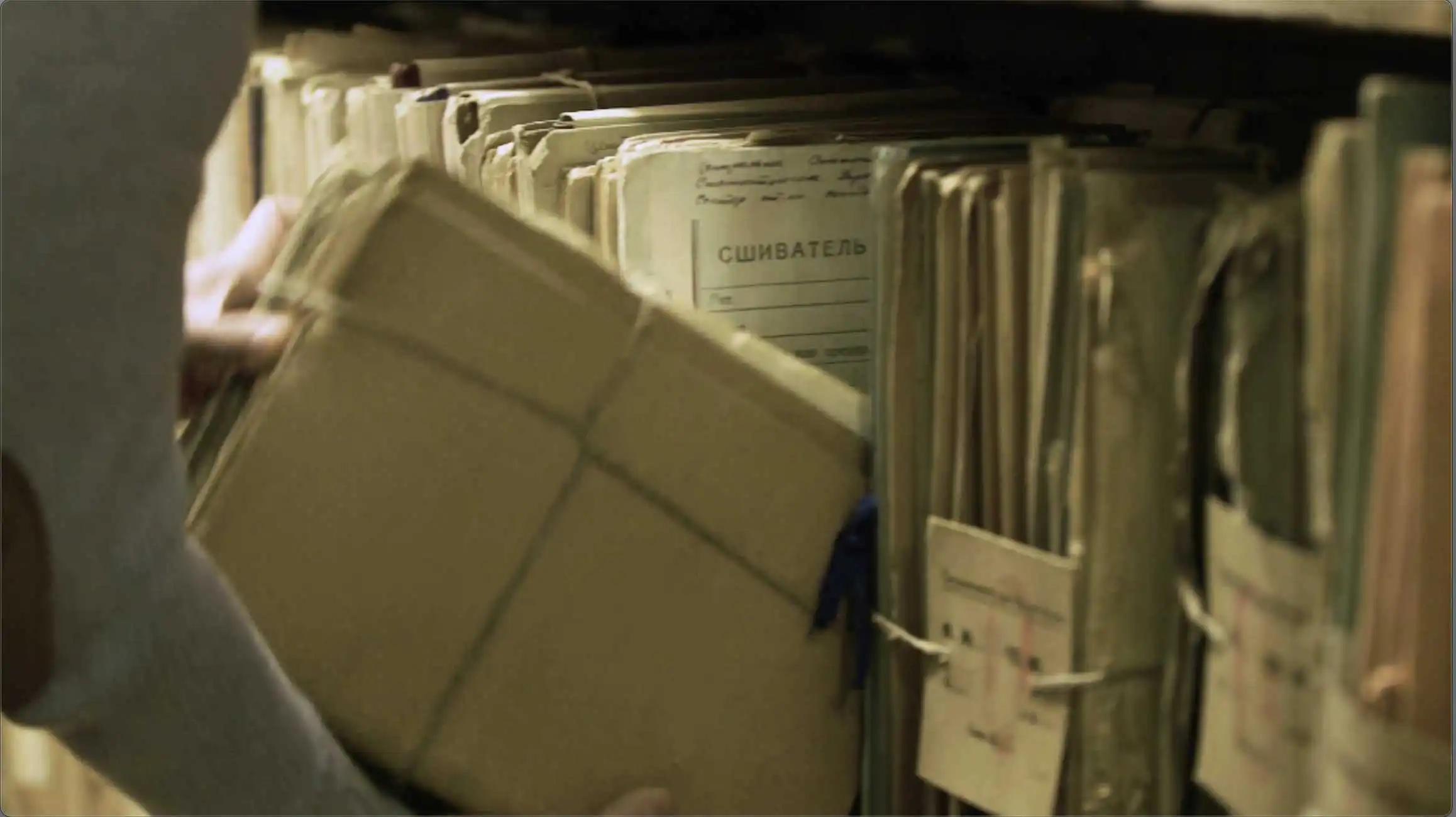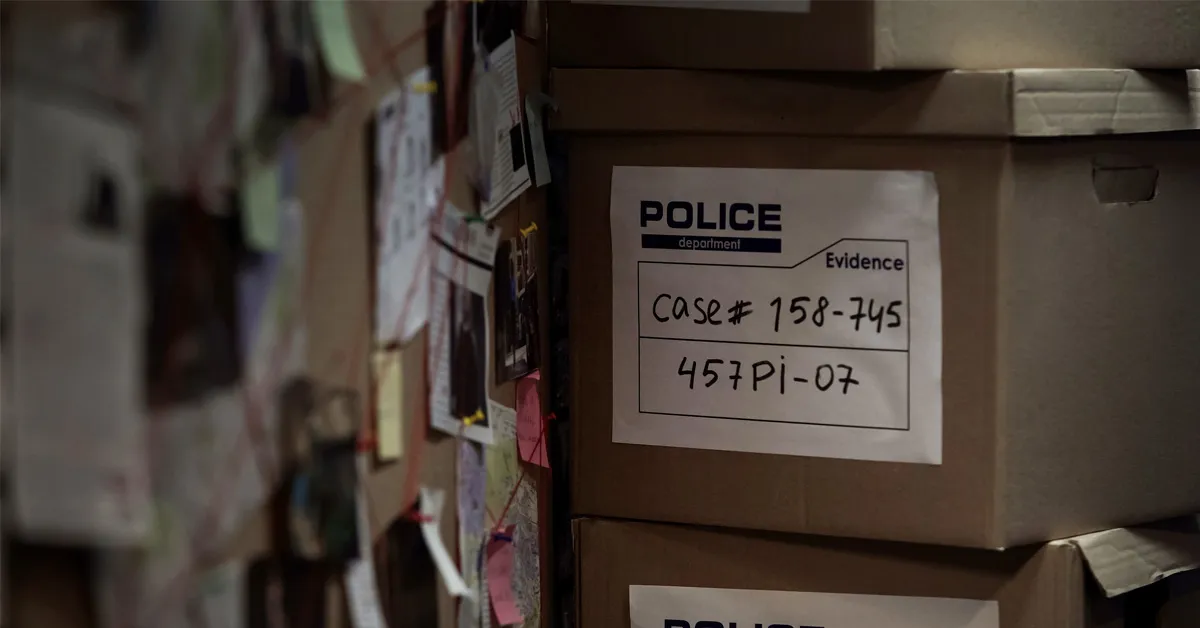
The processes for documenting crime scenes have changed immeasurably in the last 30 years. But while it’s clear forensics has benefited from these changes, many CSIs have failed to keep up with advancements. In this post, we’ll examine why that is and how agencies can get smarter.
Crime Scene Documentation: Then vs. Now
When I first started my forensic career as an NYPD crime scene investigator in 1988, we were using 35mm Single Lens Reflex (SLR) film cameras, free-hand drawing crime scenes, taking measurements with tape measures or measuring wheels, and capturing aerial photos with the department’s helicopter, fire department or utility platforms for crime scene documentation.
Back then, these were the standard tools of the trade and they allowed for the most efficient documentation process.
However, as we turned the corner into the 2000s, technology advanced at an exponential scale – arguably faster than CSIs could keep up with it. Because of this, many CSIs have lagged behind the digital transformation, stuck in old practices because they aren’t sure how to approach these new tools.
In 2019, you’ll still find some CSIs working hard on crime scenes with at least one or two outdated methods. While the “old way” still technically gets the job done, it’s also more time-consuming and very limited compared to the vast amount of modern options available.
Today, forensic standards deploy high-resolution digital cameras, drones, handheld laser measurement tools, 3D laser scanners, Computer Aided Design and Drafting (CADD) Software, and 3D printers – just to name a few.
The Lag in Adoption
This advanced crime scene documentation equipment has become the new standard. However, as I travel around the country providing forensic training to numerous law enforcement crime scene units – and using this equipment in my training – I find that some jurisdictions still don’t have some of this equipment.
CSIs seem most resistant to the 3D laser scanners, the associated CADD software and drones.
But the benefits of these technologies are proven. For example, 3D laser scanners can quickly capture and preserve a crime scene and evidence and recreate the scene when it’s time for court.
Drones can also help document crime scenes in unique ways, while also serving the purpose of helping police enforce the law.
So why have they hesitated to embrace these new technologies? It comes down to two core reasons:
Training
These high-tech tools require more training for the end-users. The users need to be innately computer savvy. Software updates, maintenance, and calibration need to be completed, and drones in particular mandate FAA registration and licensing.
While these are valid hardships to adopting this new technology, they can easily be overcome with some time and effort. In the long run, working hard to get up to speed with these technologies will take crime scene documentation to an entirely new level – and save time in the end.
Ultimately, new tech’s versatility and a vast amount of capabilities allow for a far greater range of forensic documentation and uses.
Therefore, a little training and initial investment go a long way.
Budget
Often, these CSIs are aware of the equipment and have actually requested it, only to then be told by their agencies that they don’t have the money for it.
Of course, these tools are more expensive than the 1980s documentation equipment listed previously.
However, as more and more organizations adopt them and the market refines, costs have steadily dropped from their initial introduction to forensic work.
I also explained to them that there are several federal agencies that provide grants for this equipment – procurement does not have to rely solely on your annual budget.
Some of these agencies include The U.S. Department of Justice’s (US DOJ) National Institute of Justice (NIJ), the U.S. Department of Homeland Security (US DHS), and the U.S. Department of Transportation (US DOT).
I have personally been involved in grant procurement of these technologies; thus, I know first-hand that this is possible.
In fact, many of the agencies that I have worked with that deploy these technologies have obtained them through these grants.
This is why there’s no reason you can’t bring your crime scene unit up to the current forensic standards.
These technologies allow your crime scene unit to work smarter, not harder.
Work Smarter, Not Harder
The equipment available today has brought benefits to several components of forensics:
- Increased documentation accuracy
- Reduced time to document
- Reduced overall expenses: Especially when using a drone instead of a helicopter.
- Better ways to present the crime scene, the investigation, and its associated evidence to a judge, jury and the community we serve: This is especially relevant with regard to investigations involving officer use of force, high-profile cases covered by the media, mass shooting or mass fatality incidents, terrorist attacks and hazardous material incidents.
- Improved analysis of crime scenes: Including shooting reconstruction analysis, bloodstain pattern analysis, post-blast analysis, building collapse analysis, accident reconstruction analysis and plane crash analysis.
Crime scene units that still use old, cumbersome forensic tools have to work harder at the crime scene compared to organizations that have advanced technology.
If you find that your organization is spending too much time and money to process a crime scene and your tools hinder more than help, perhaps it’s time to implement these new technologies. There are always avenues you can take to bring your agency to the next level and, ultimately, serve your communities better.
And with all of these new ways to document crime scenes, you may also need a new, comprehensive place to store everything. Reach out to find out how CaseBuilder™ can help tie everything together.




